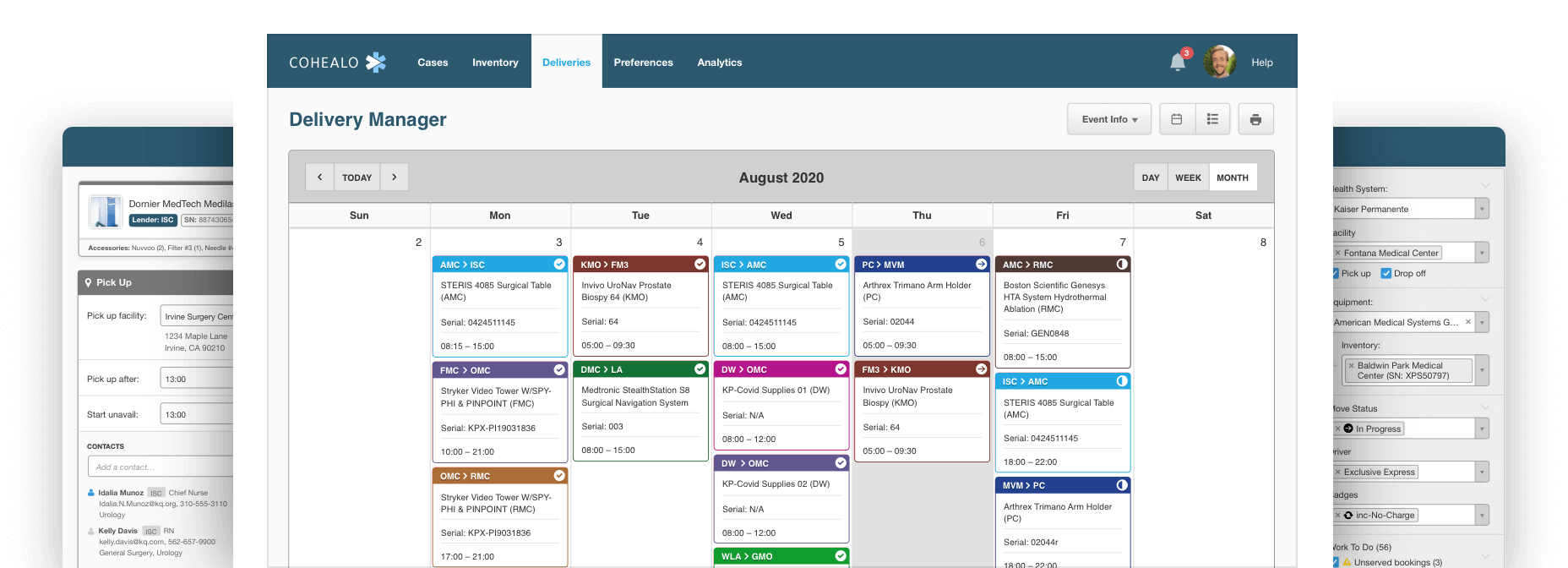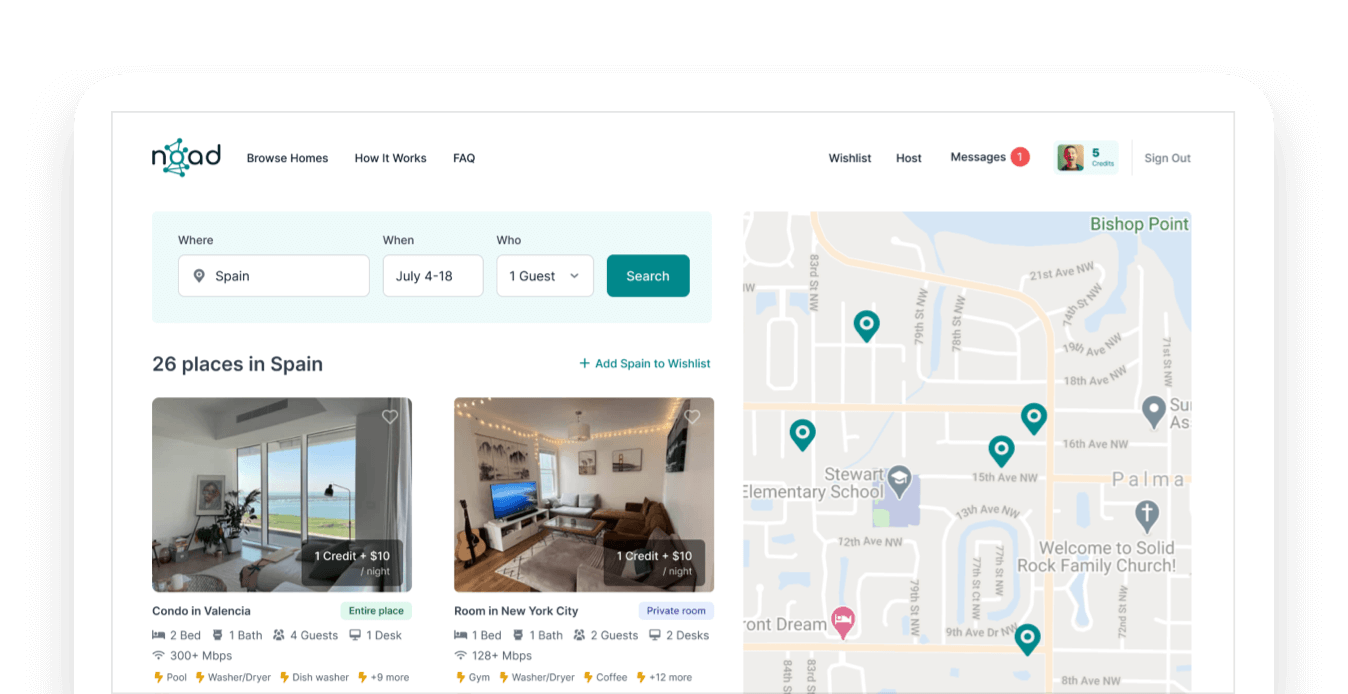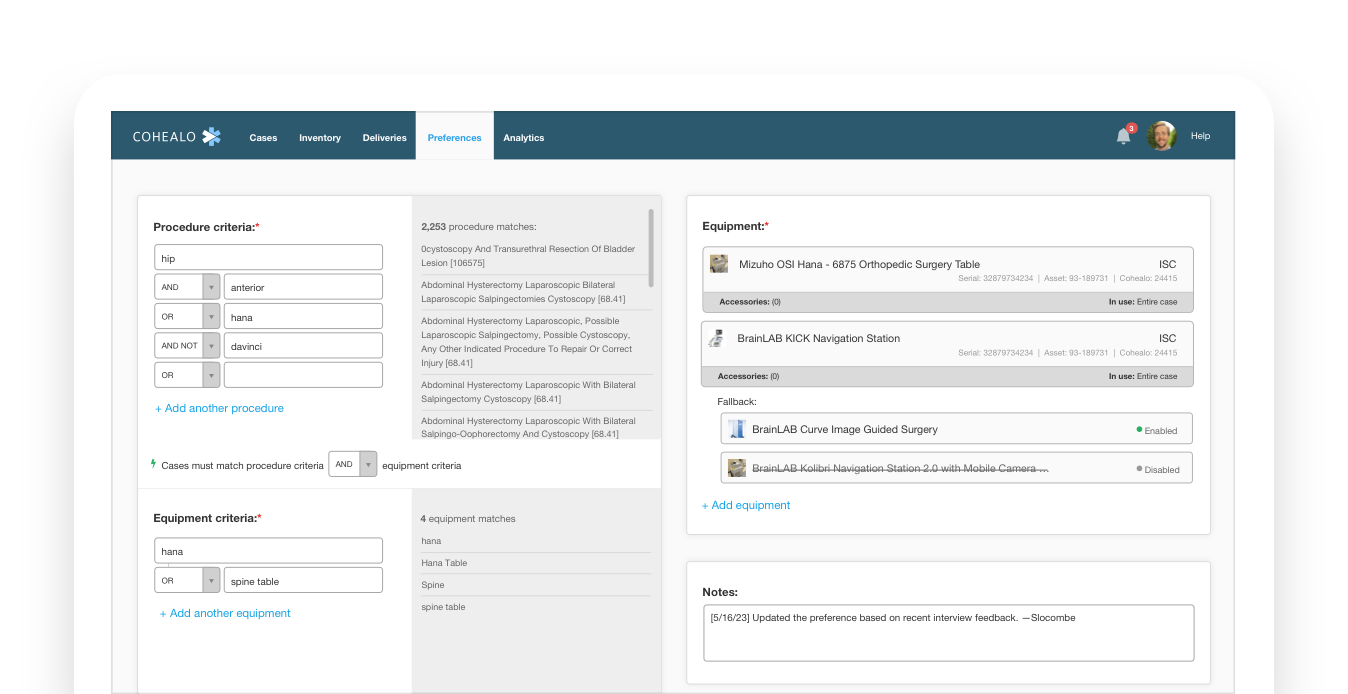Coordinating medical equipment deliveries is no simple task. As Cohealo scaled its operation and increased deliveries, the original toolset was no longer supporting the team.
I was part of an ambitious project to redesign the delivery management experience for the first medical equipment sharing company in history.
The Problem
Death By One Thousand Deliveries
Cohealo's Delivery Manager role is one of the most critical in the business. They're on the front lines of making sure the right stuff is delivered to the right places, and handling any problems that might occur.
The platform tools that support their workflow began to falter. As moves steadily increased, managing them turned more difficult. As we added members to the team to help, it became clear our tools didn't foster the collaboration necessary for efficient delivery management.
Rather than coordinating deliveries, we were battling our toolset.
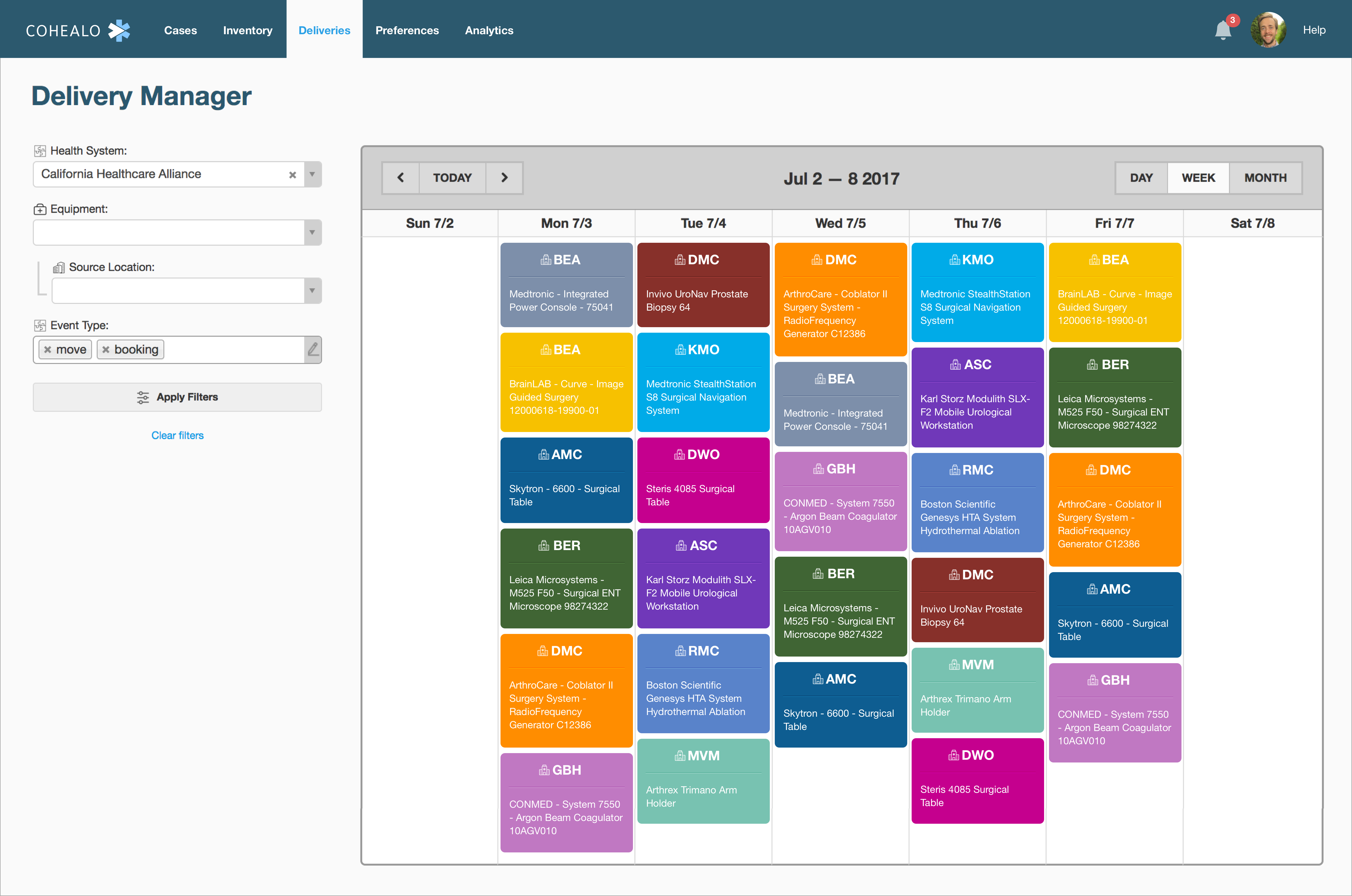
The Challenge
Redesign the experience for speed, control, and collaboration
Delivery count growing up-and-to-the-right meant our problems were only getting worse. We could no longer simply add people to the problem, we had to redesign it so it worked better for our team.
Our high level goals were:
counter_1
Make it fast & easy to use
counter_2
Give more control to the user
counter_3
Make it clear which deliveries need attention
counter_4
Make it easier for multiple users to coordinate deliveries together
Approach
We hadn't updated this area of the platform in years, so we knew our work would fall into two buckets: easy low-hanging improvements and fundamental redesigns.
We prioritized the easier work into early sprints and released as we finished. This gave our Delivery Manager users quick value and alleviated pain. This was difficult but achievable because we were working with engineering to push work through while simultaneously redesigning some core elements of the delivery manager view.
My Role
I led the design of the delivery management experience, and contributed to the research, wireframing, and prototyping.
In addition, I worked alongside a UX product manager, and three Engineers.
Research & Discovery
Our tools were working our users too hard
The complexity of our deliveries had grown over time. With every delivery there was the primary equipment (ex: surgical laser), a handful of accessories (laser fibers, foot pedals), clinical staff and biomedical engineers at pick up and drop off locations, truck drivers (3rd party logistics companies), delivery instructions… the list goes on. We were sure there were improvements to make at each step of the way, but first we had to understand the process end-to-end.
Mapping the delivery process
One benefit to improving internally-facing tools is we have great access to our users. We sat down with our delivery managers to document the entire delivery management process, from beginning to end. Moreover, we spent a week silently observing them engaging in the process to eliminate any bias documented during our documentation process.
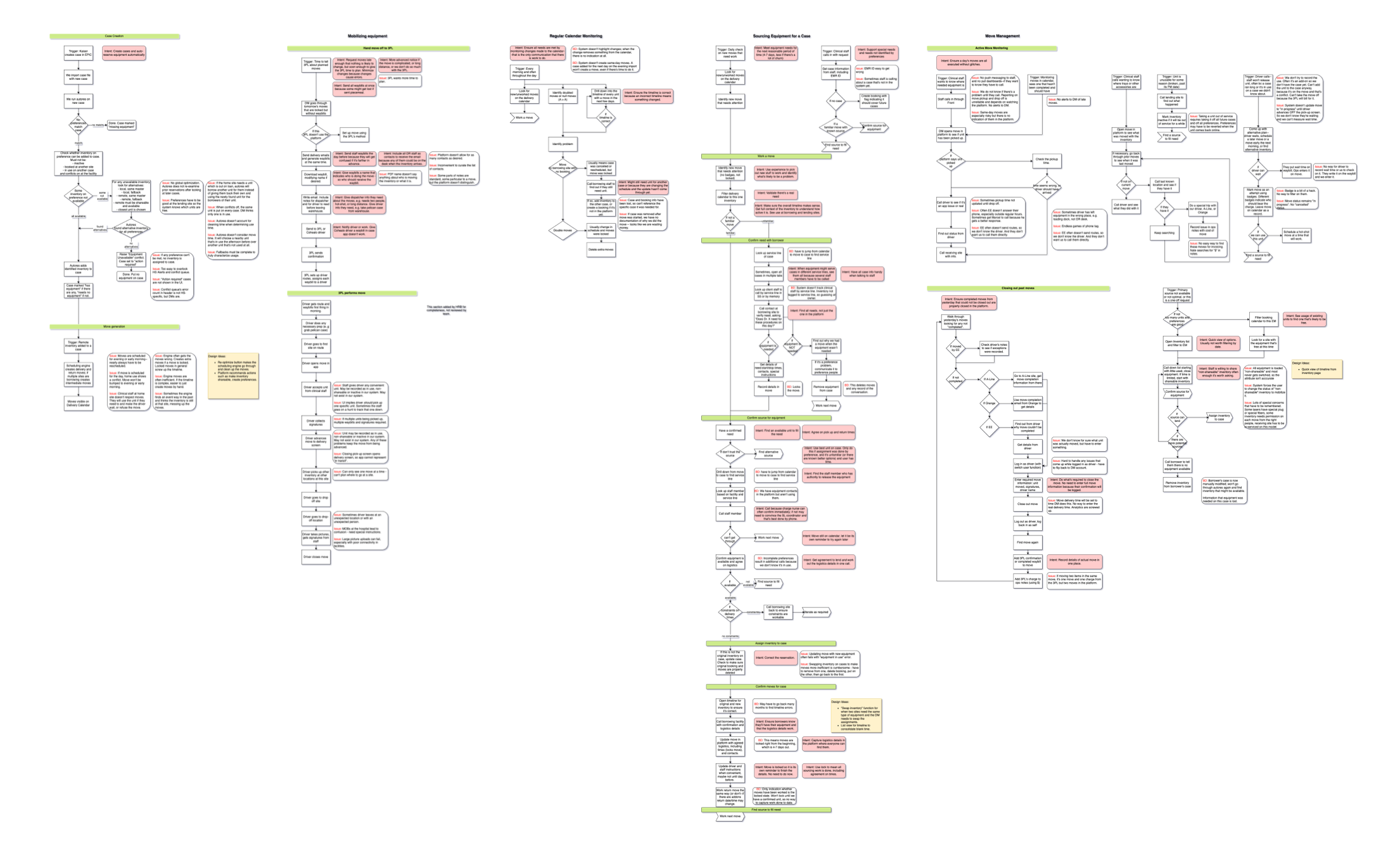
Insights
Utilizing user interviews and contextual inquiry, we were able to collect important insights that informed our work.

Prepping moves are iterative
Moves happen in parallel, and every move has its own set of issues, is in a different state, and requires a different set of actions to advance. A move cannot be handled all at once—it can only be advanced to the next state.

The delivery timeline is the context
It's necessary to understand an equipment's past and future delivery timeline to plan just a single move.

Contact groups are mostly static
Equipment typically belongs to a specialty (ex: cardiology), and while there are many specialties, contacts within those specialties typically remain unchanged.
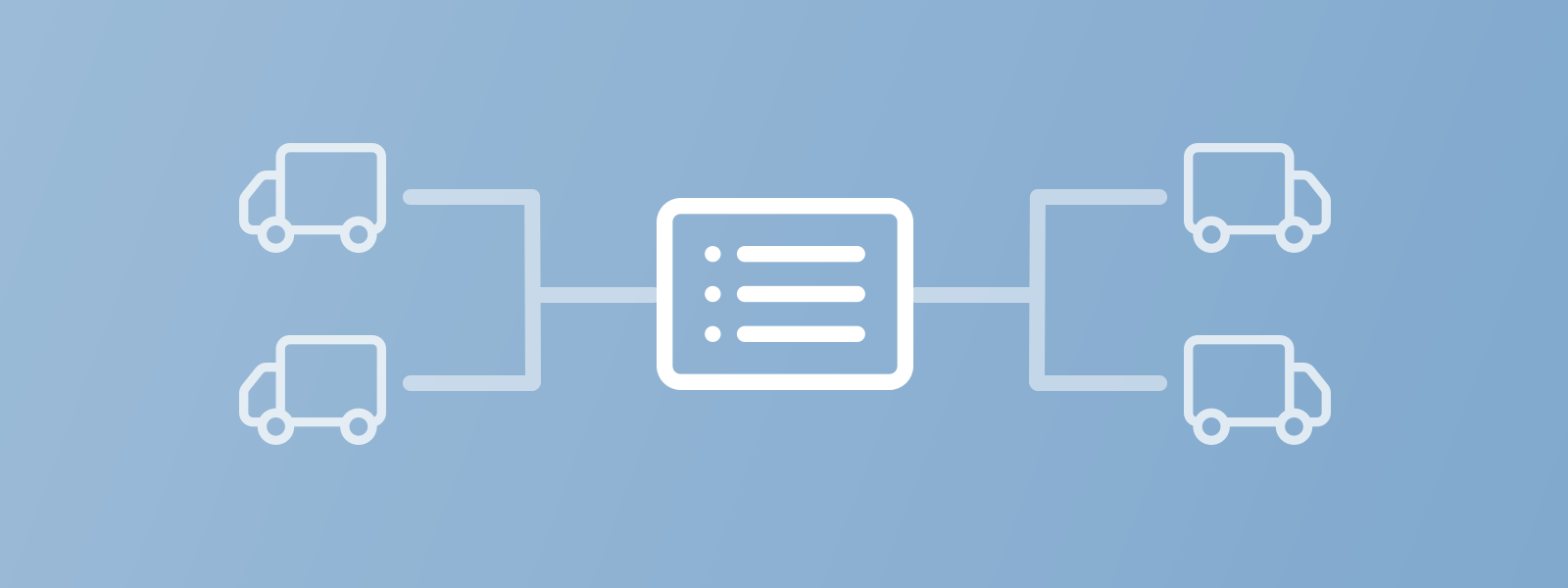
Delivery instructions are reused
While delivery instructions and notes vary from facility-to-facility for a single piece of equipment, they are often reused at the same facility every time.

Swapping equipment is disruptive
Sometimes equipment goes down. Swapping equipment on a move with an available unit disrupts the future delivery timeline and must be hand-worked to make sense again.

Information is only useful at particular steps in the process
Depending on the step in the delivery management process, only a subset of information is important to see.
Prototyping & Testing
Quick Wins
During the research phase of the project, we heard from Delivery Managers that there were many low effort / high value items. Those items fell into the following groups:
- New Filters — More filter options
- Shortcuts — keystrokes toggling views, windows, and information
- Delivery Status — additional statuses for finer granularity
We quickly shipped the necessary improvements, making an immediate impact and creating goodwill with our Delivery Managers, who continued to work closely with us throughout the project.
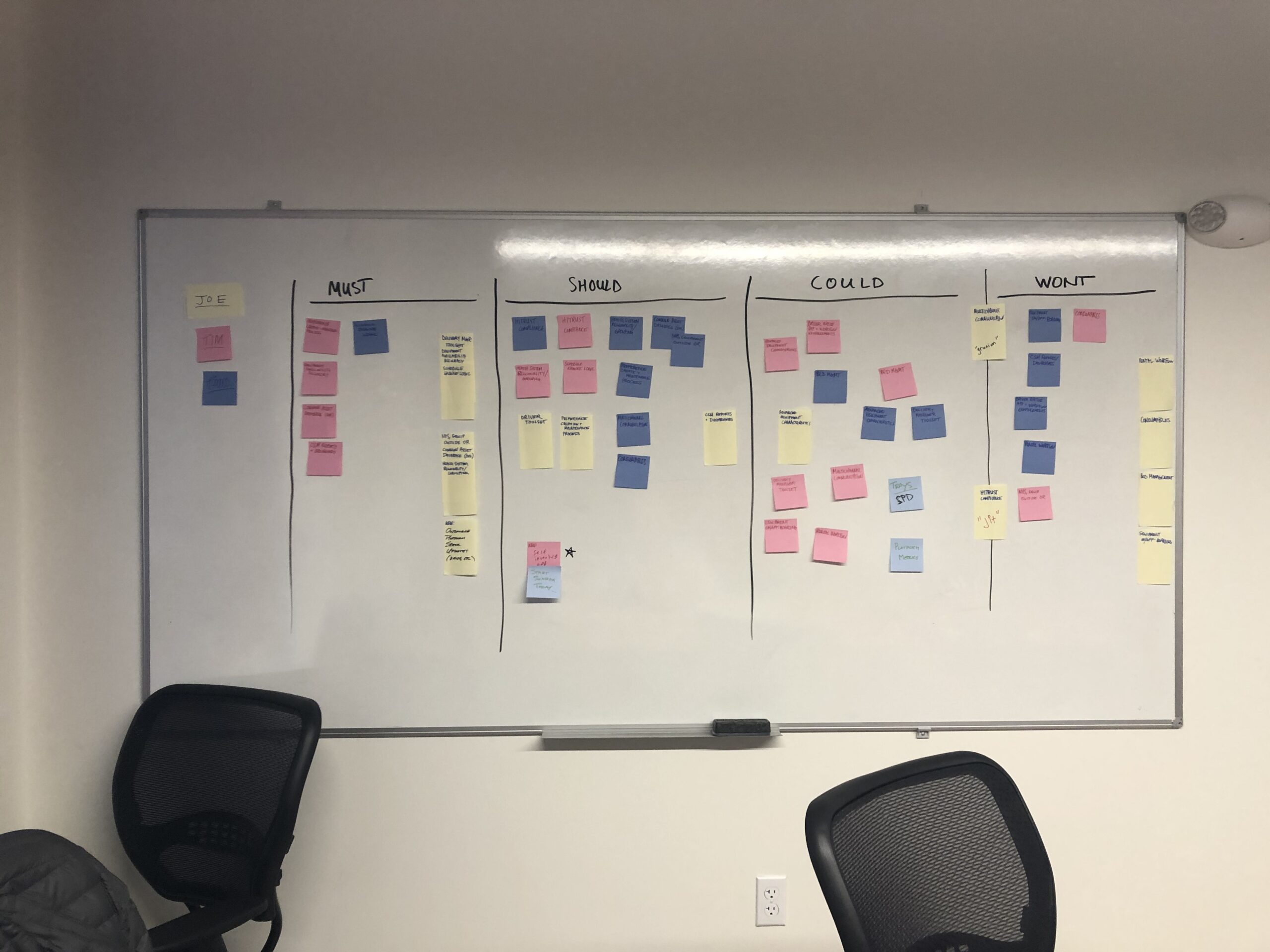
Giving more control to the user
The Delivery Manager is the ultimate power user. They know Cohealo's daily operation like the back of their hand because they're at the center of it. They said the platform was often limiting their actions and the available information. We aimed to remove any restrictions by giving them the ability to change how and what they see.
View Control
Delivery Managers often zoom into an equipment's timeline to plan moves. This was an important insight uncovered during discovery. This means they filter out any information other than deliveries and reservations pertaining to a single equipment. The process is time consuming to work a limited filter.
We iterated on a new filter capability, available both in the sidebar and within delivery tiles themselves. The goal was to enable quick filtering and restoring actions while never losing one's place.
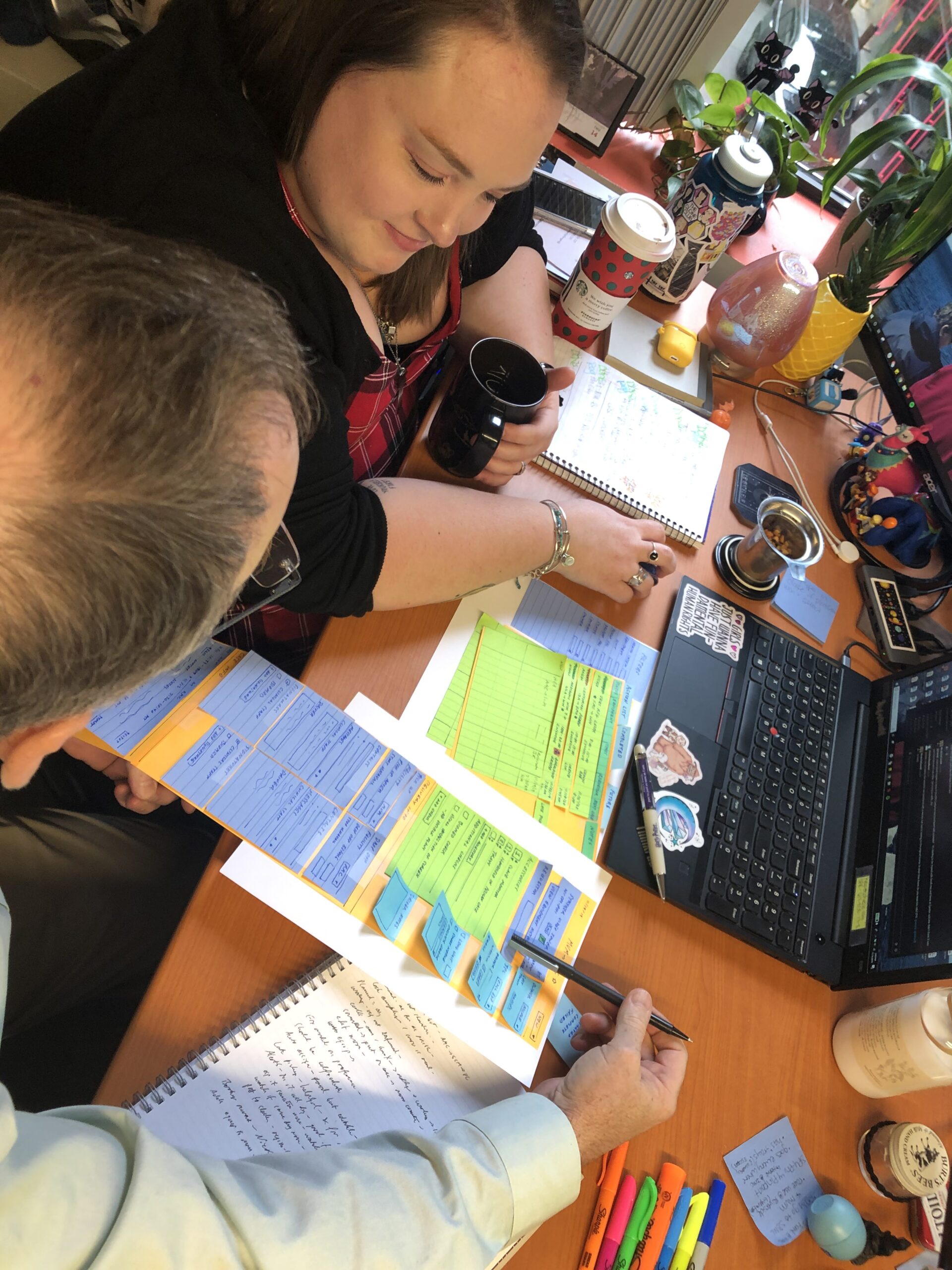
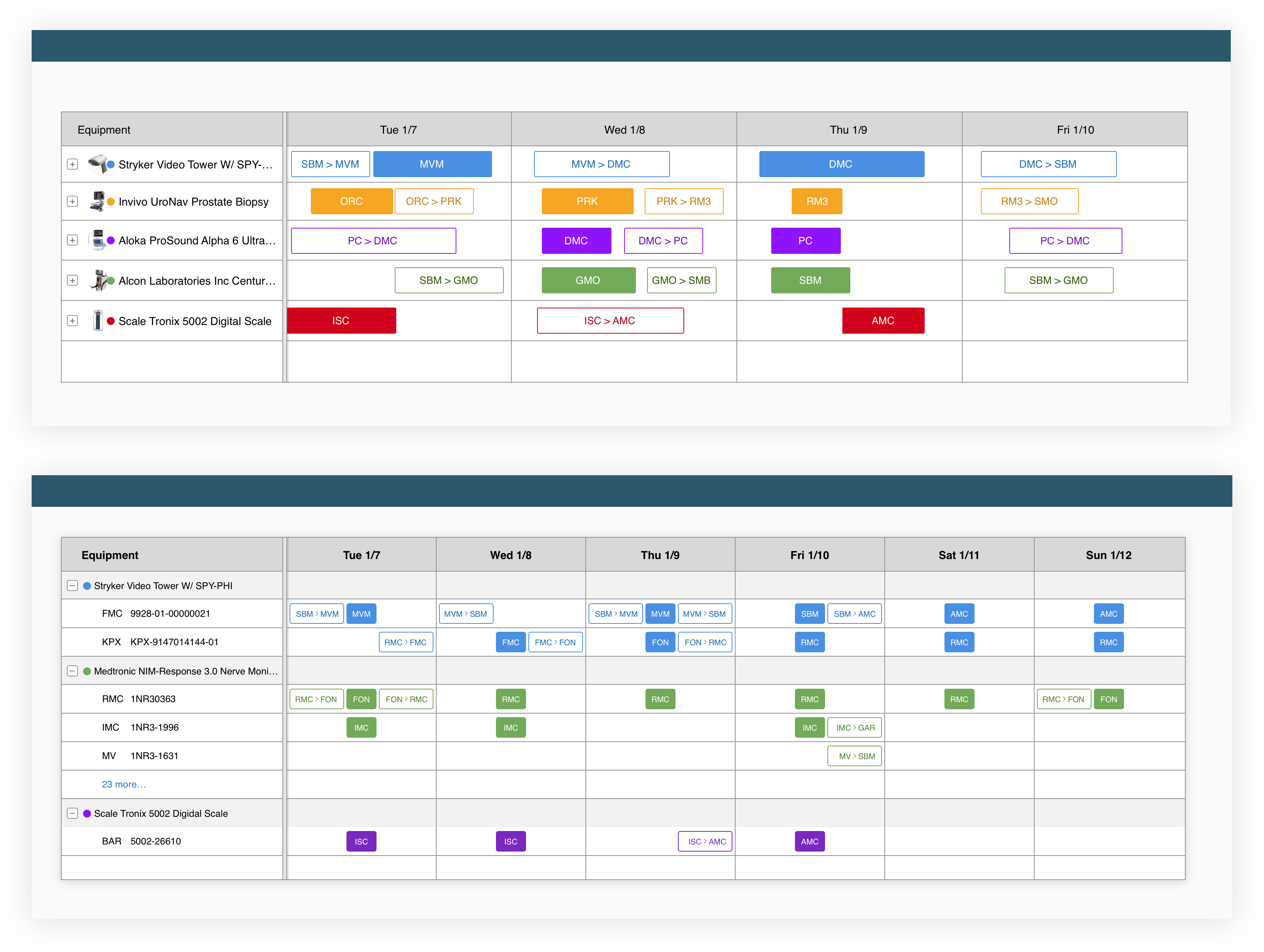
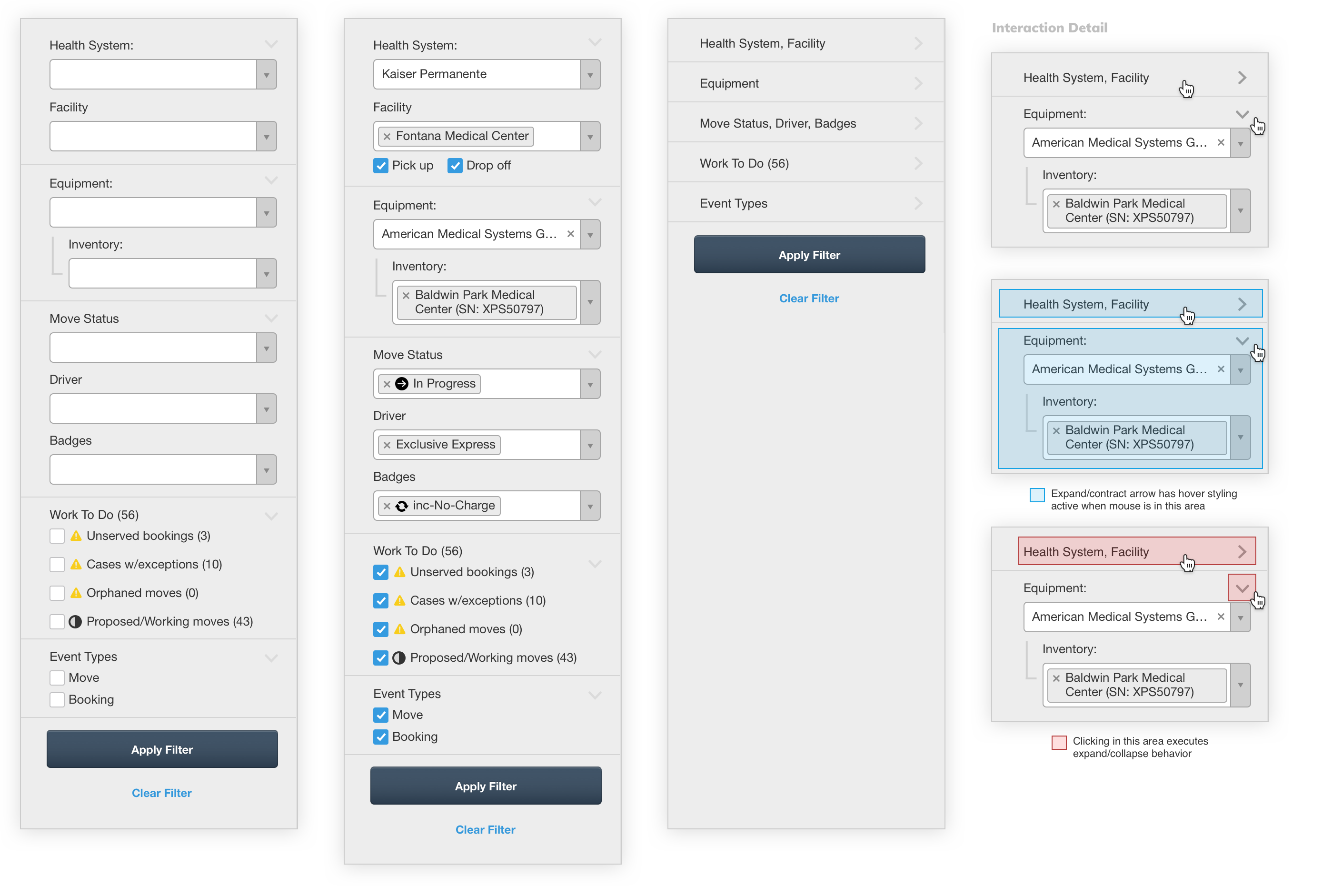
Information Control
We iterated on the information within the calendar delivery tiles. Depending on what the Delivery Manager was trying to accomplish, the following information should be available at a glance, and its visibility individually toggled:
- Facility (pick up and drop off)
- Move status (including errors)
- Equipment ID (serial, asset #, Cohealo #)
- Delivery window (pick up, drop off)
- Driver
- Delivery ID
- Badges
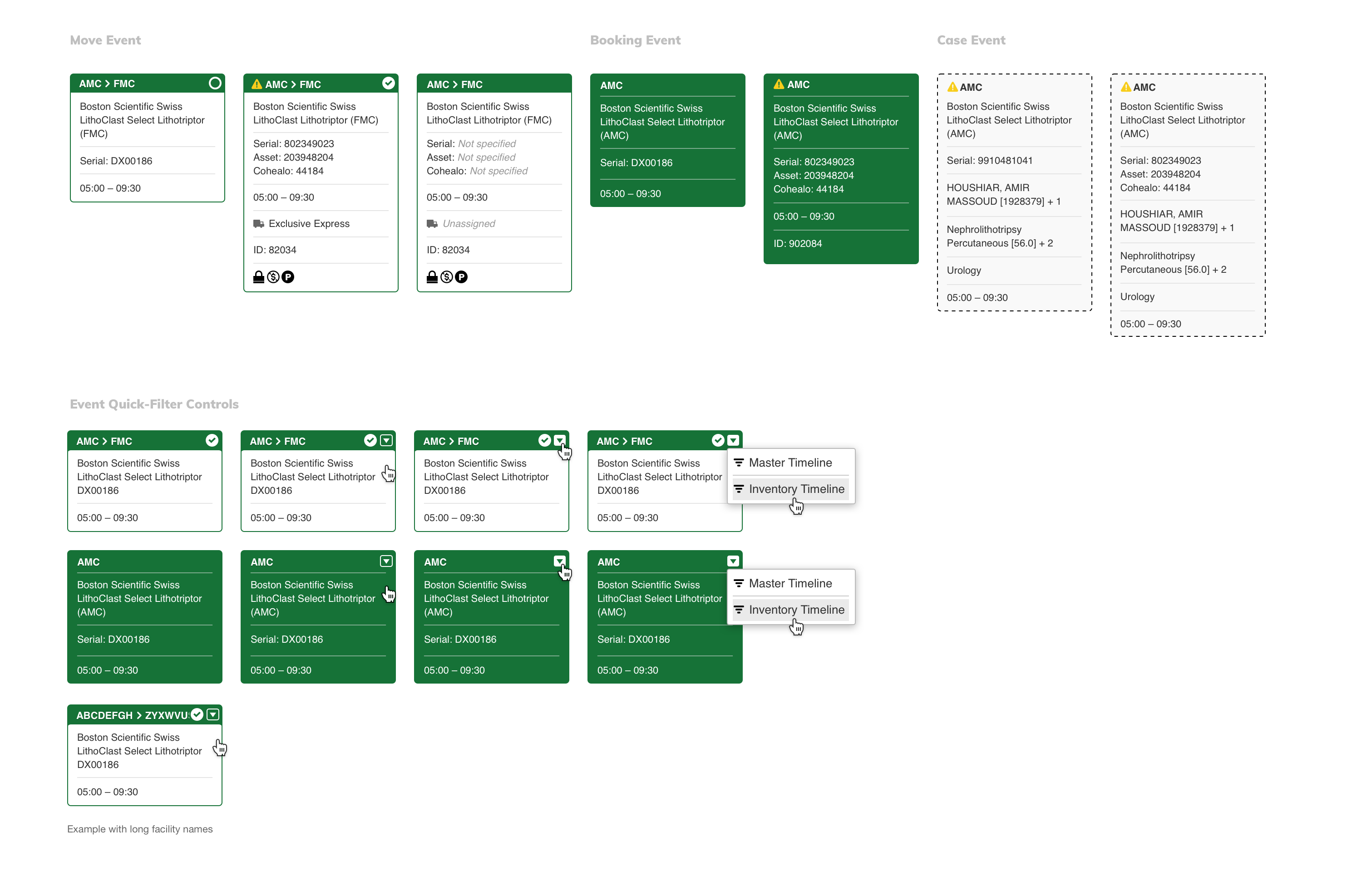
Building a smarter contact database
Contacts are added to every delivery. They're important for several reasons:
- Automated delivery notifications
- Drivers use them when on site
- Delivery Manager reference and troubleshooting
Historically, we'd never made contacts a first-class feature. Our original implementation treated them as values on the move only, never to be reused.
From our user interviews we learned that contacts were a large pain point for Delivery Managers. They were frequently reused and a huge pain to update. Making contacts a first-class feature would save the Delivery Manager's time, big time.
Making Contacts a first-class feature
Our goals for a contact feature were the following:
- Make it a database so all areas of the platform could reference
- Edits to a contact propagate to areas it's currently referenced
- Add relationships to other entities so the platform can be thoughtful in recommendations




Delivery Manager Redesign
Introducing the New Delivery Manager
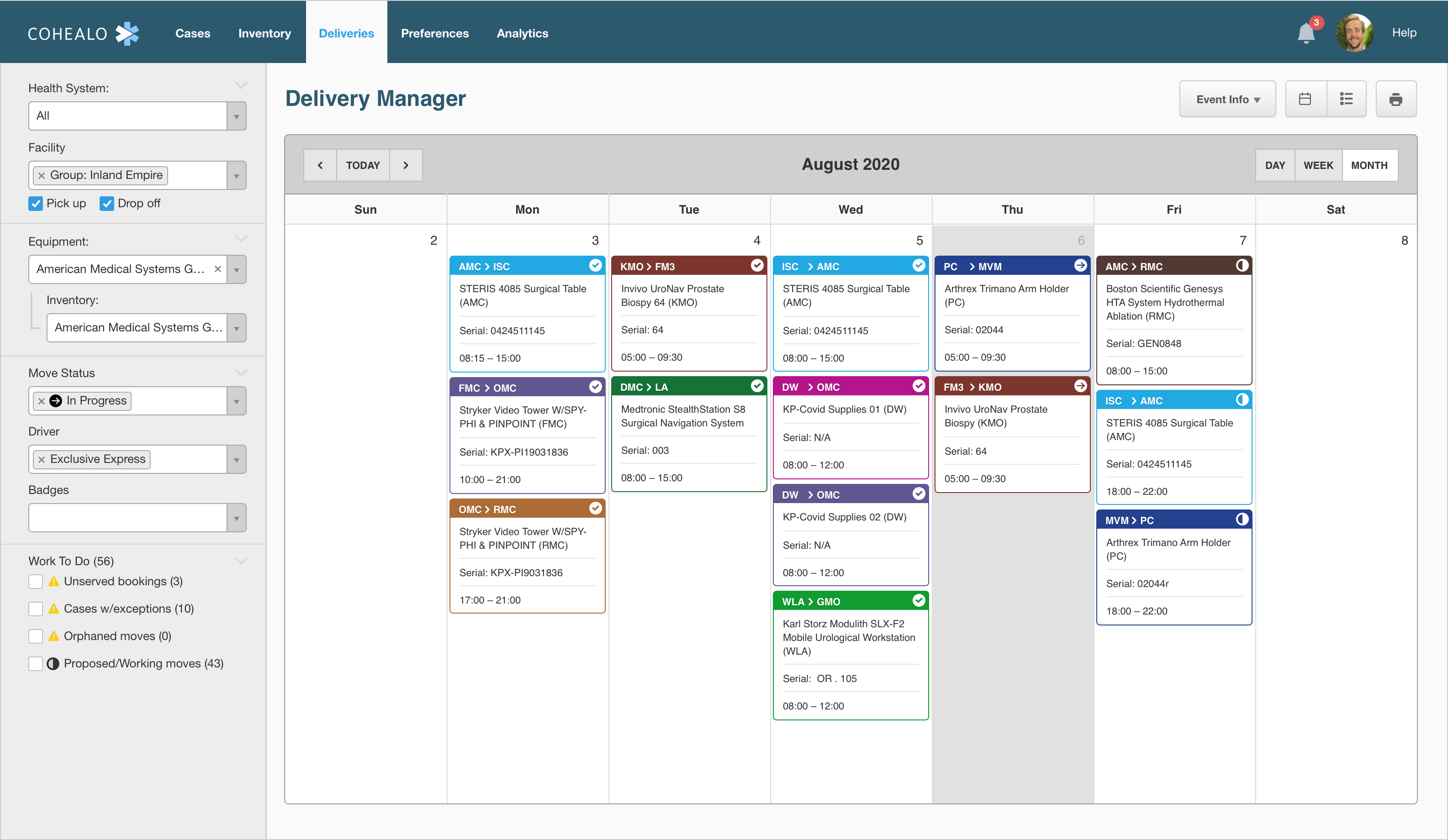
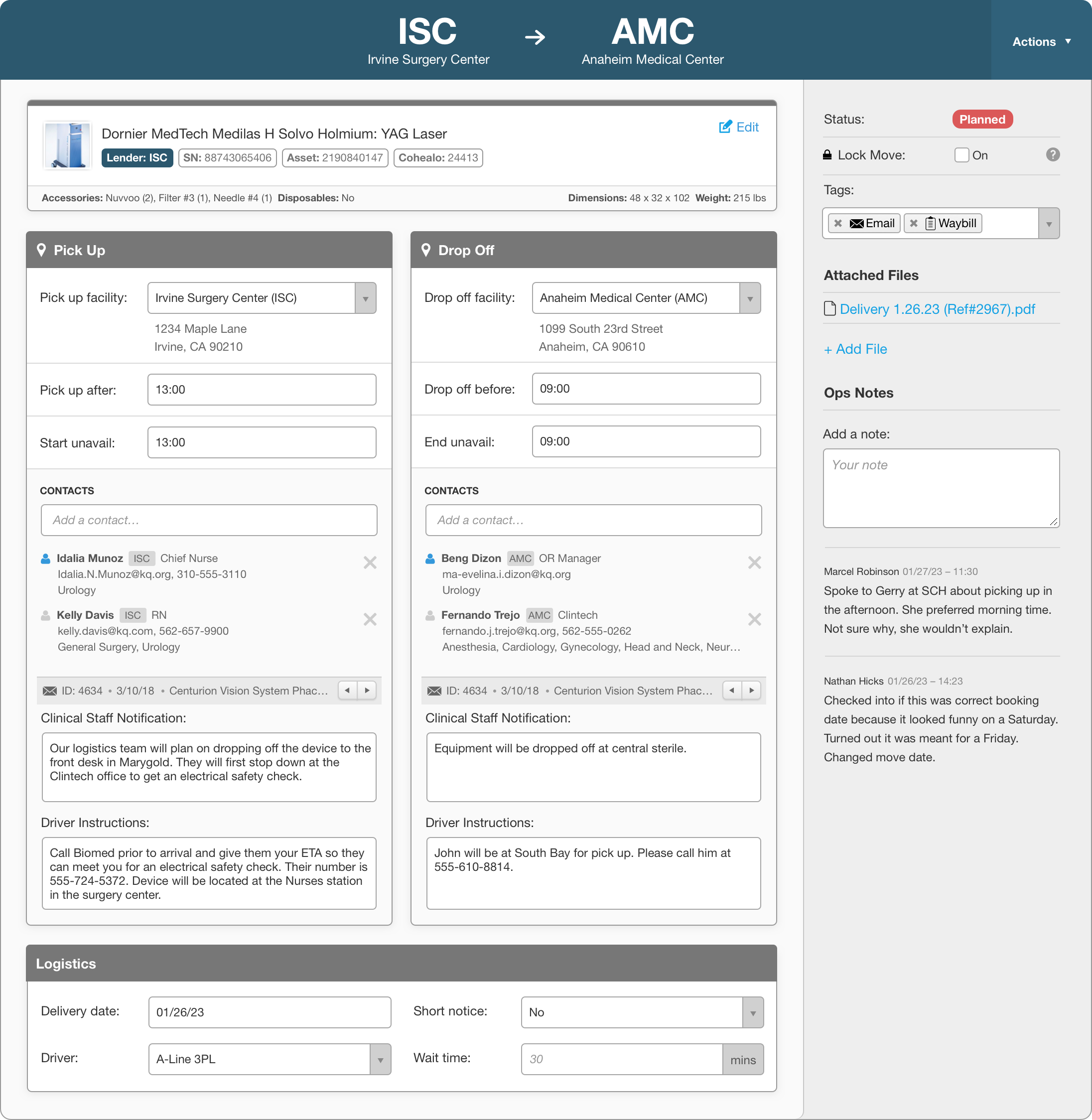
Auto-Populated Panels
New relationships between equipment, facilities, contacts, and drivers based on delivery history enable the platform to automatically re-use information when appropriate.
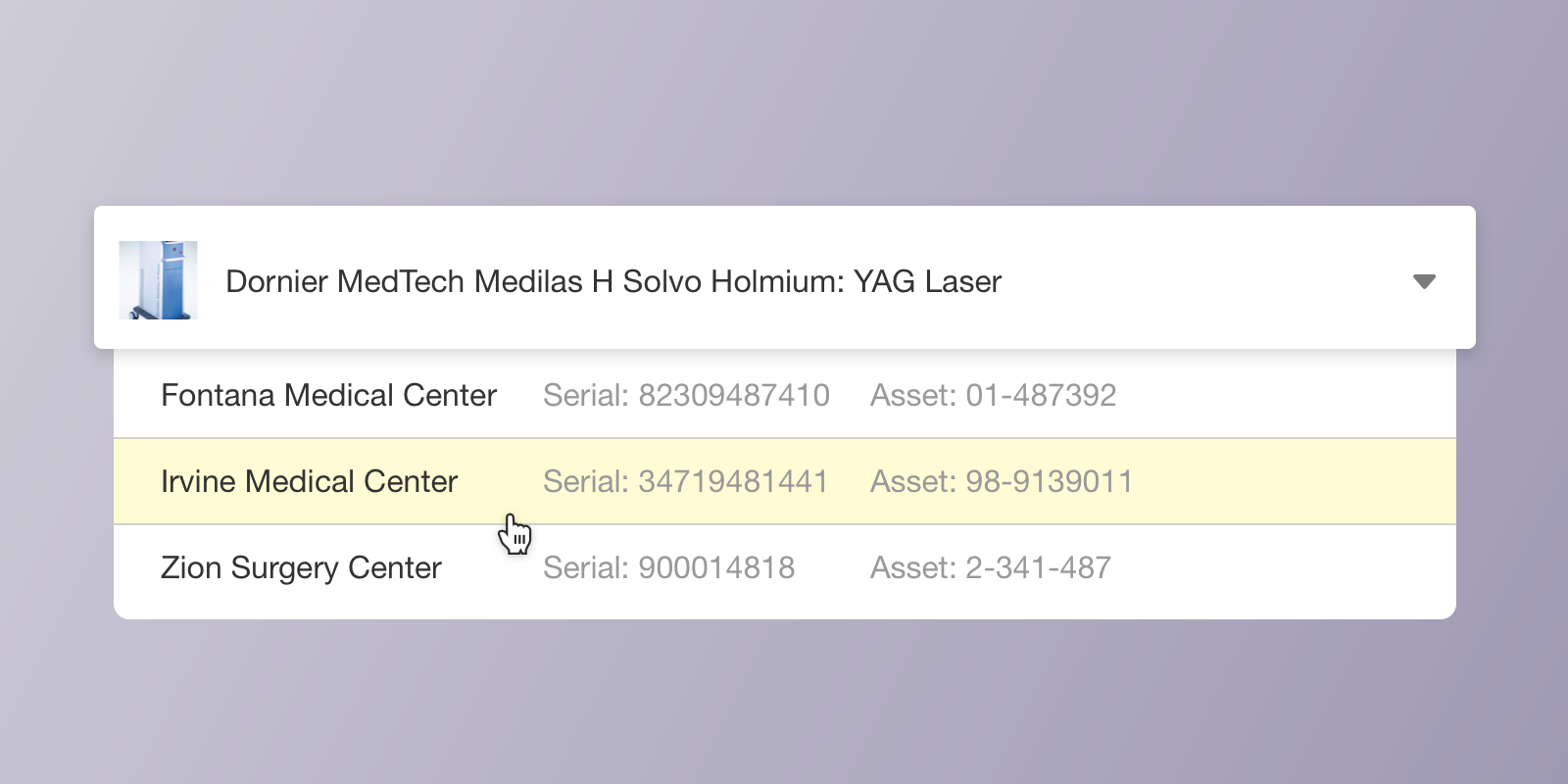
Swap equipment without disruption
Changing equipment on a move updates future delivery timelines for both inventory while maintaining delivery manager edits.
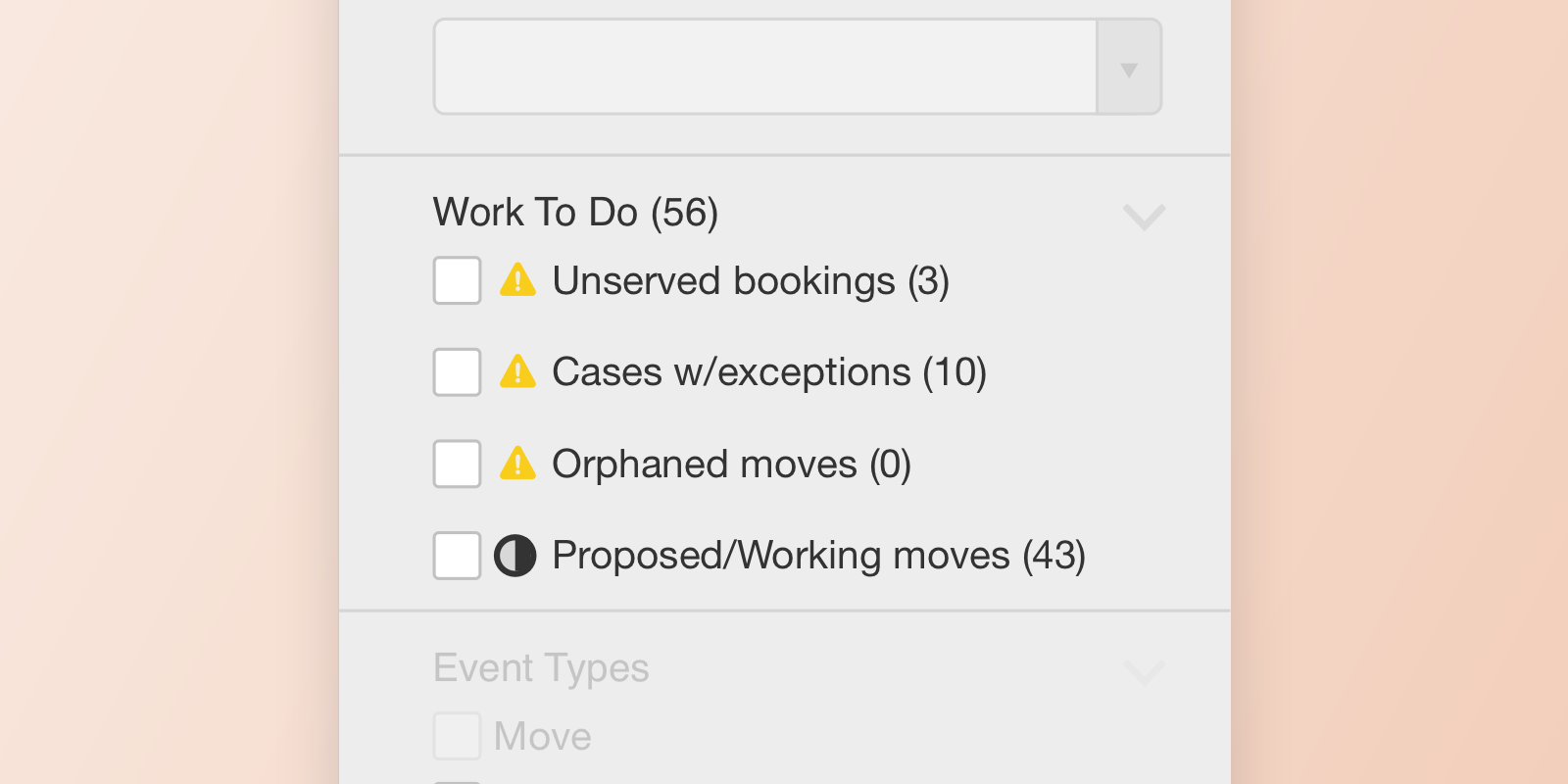
See what needs your attention
Identify problematic deliveries before they become a critical issue.
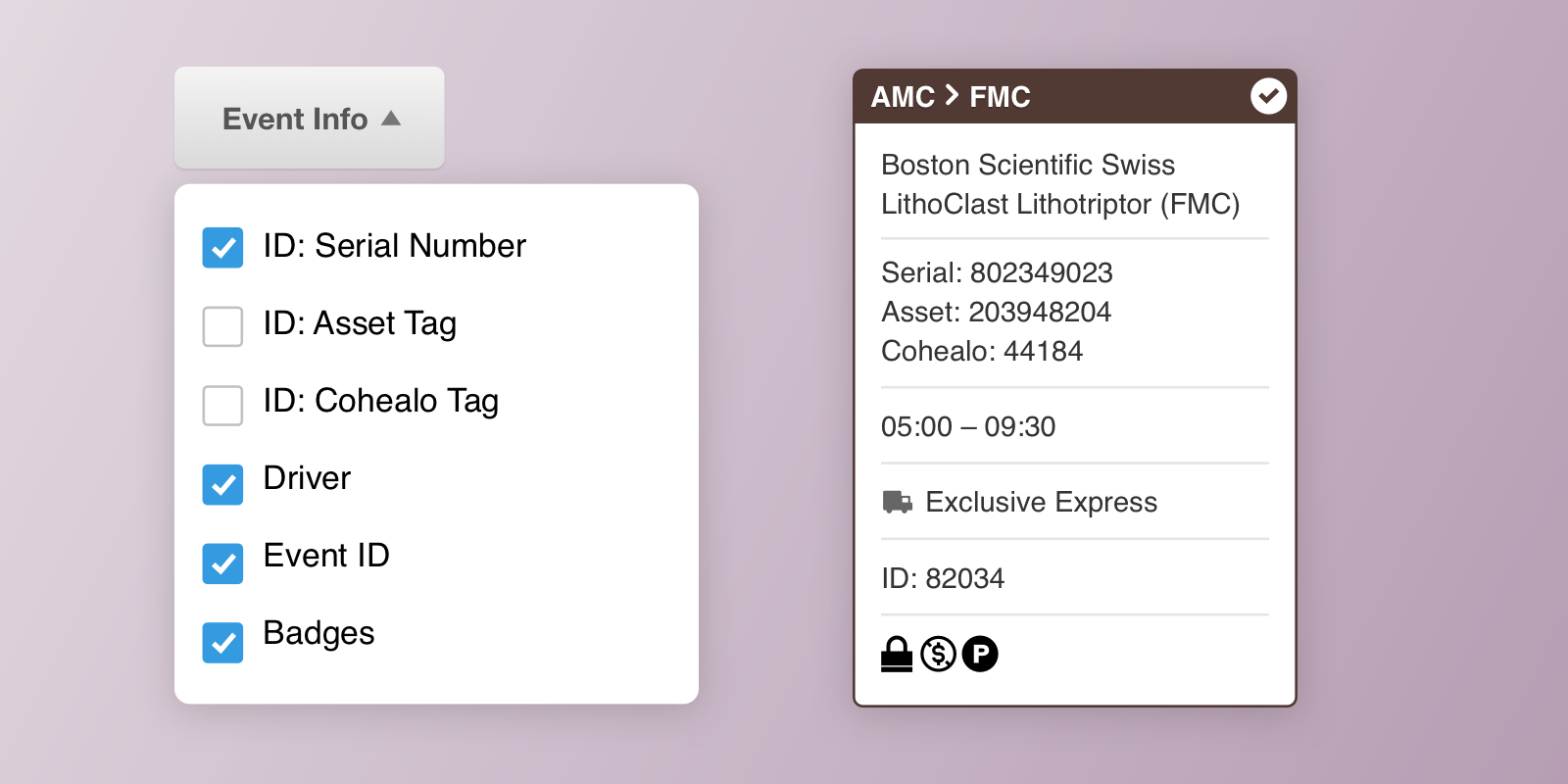
Dynamic tiles
Quickly change tile information to see what's needed at a moment's notice.

All new contacts & notes
New contacts and notes database centralizes information for teams.
Impact & Learning
Quick wins with long term impact
The improvements to the delivery manager tool were well received. Users reported an increase in productivity and more confidence in the toolset.
From a product perspective, adding missing filters and view controls just had to be done. Our approach of quickly releasing small wins up front in the project created immediate impact and instilled a sense of camaraderie between teams for the remainder of the project.
Solving critical issues like equipment swapping and formalizing contacts were the most dramatic improvements for the team. Delivery Managers were no longer spending time repairing the delivery timeline after swapping equipment and re-adding lost contacts.
Looking Ahead
By documenting the delivery management process early on, we were able to leverage it as a blueprint for future work. The area we're most interested in next is the scheduling engine logic, the part that decides where deliveries are initially placed on the calendar. Pushing that to a higher success rate will save loads more time.
Michael is exceptional at distilling complex concepts and requirements into highly intuitive and elegant designs and solutions for both internal stakeholders and customers. He is a superior communicator with both technical staff and demanding end-users.
